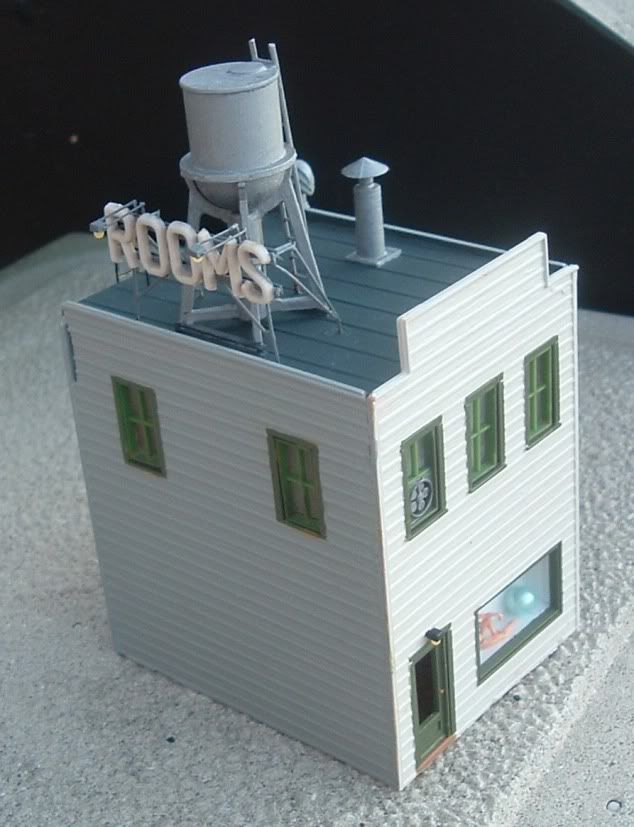Jacques' tip about washing the parts is a good one, especially if you're using water-based paints like PollyScale, ModelFlex, or craft paints, as all plastic parts have mould release agents on them that can prevent paint from adhering properly. If you're brush painting, it's often a good idea to pre-paint at least some of the parts before assembly, especially those that will be difficult to get at with a brush when the parts are assembled. Don't paint the contact areas where the parts will be cemented together, as the paint will prevent a proper bond. Even when using an airbrush, brush painting can be useful for some hard-to-get-at areas. Use a good quality brush, and make sure to clean it promptly and thoroughly after each use. The cost of a good brush should be enough encouragement to ensure this practice.

If you're brush painting, try to avoid solvent-based paints, as the solvent will attack (melt the surface of) the plastic. I almost always use solvent-based paints, but apply them with an airbrush - properly done, the solvents evaporate almost immediately on contact, so no damage is done to the plastic.
For plastic cement, I use lacquer thinner, the same stuff that I use to thin my paints and clean paint brushes. It's cheap, and readily available at hardware stores and home improvement centres. I buy it by the gallon, and decant it into smaller containers, depending on the use. For kit assembly, I use an old Testors cement bottle, with a brush in the cap. If you use lacquer thinner or any solvent-type cement, work in a well-ventilated area. If you're spray painting with lacquer-based paints, wear a proper two-stage respirator and a spray booth vented to the outdoors.
Your choice of the Atlas water tower is a good one, as is their station: both kits are well-engineered and fit together properly.
Here's one of my Atlas water towers, spray painted using Floquil paint, with the bands and weathering done with a brush:
And an old Atlas station, brush-painted with Polly S water-based paints:
Wayne




